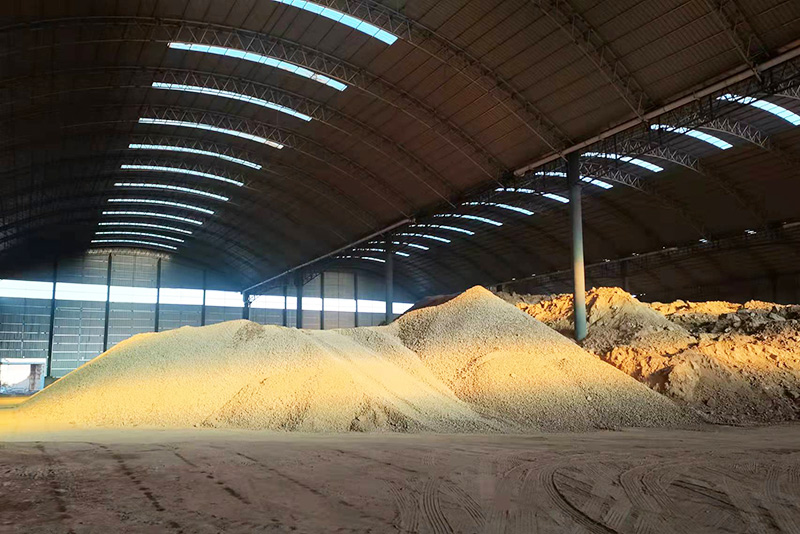Sand Used in Sand Casting A Comprehensive Overview
Sand casting is one of the oldest and most widely used metal casting processes, favored for its flexibility, cost-effectiveness, and simplicity. The key material in this process is sand, specifically designed and treated for optimal performance in mold-making. Understanding the characteristics and types of sand used in sand casting is crucial for achieving quality castings.
Types of Sand Used in Sand Casting
The most common type of sand used in sand casting is silica sand, predominantly composed of silicon dioxide (SiO2). This mineral sand is favored due to its high melting point, which allows it to withstand the heat generated during the metal pouring process. Typically, silica sand comes with a fine grain size, enabling detailed molds and smooth surfaces. However, silica sand by itself is not sufficient; it often requires additives to enhance its properties.
Clay is one such additive that plays a vital role by binding the sand grains together and improving the sand’s cohesiveness. Bentonite clay is particularly popular in foundries because it offers excellent binding properties, which help maintain the shape of the mold during the metal pouring. The ratio of sand to clay varies depending on the type of metal being cast and the specific requirements of the casting process.
Another important additive is water, which is used to improve the workability of the sand mixture. The optimal moisture content helps in achieving the right balance between strength and flexibility. During the casting process, too much moisture can lead to defects such as blowholes, while too little moisture may result in a fragile mold that breaks easily.
sand used in sand casting

Reclamation of Sand
One of the significant advantages of sand casting is the ability to recycle and reclaim sand after the casting process. Used sand can be treated to remove impurities and reused in future molds, making the process more sustainable and cost-effective. This reclamation technique reduces material waste and minimizes the environmental impact of sand casting.
Impact on Casting Quality
The selection and preparation of sand significantly impact the quality of the final casting. Factors such as grain size, shape, and distribution can influence the surface finish and the dimensional accuracy of the cast product. Fine-grained sands often yield smoother surfaces, while coarser sands are more effective for heavy castings requiring greater strength.
In conclusion, sand is a vital component of the sand casting process. Understanding the types of sand, the role of additives, and the importance of sand reclamation is essential for manufacturers aiming to produce high-quality castings. As industries continue to evolve, innovations in sand technology will likely lead to even greater efficiencies and improvements in casting processes, further solidifying sand casting's place in the manufacturing world.
Post time:តុលា . 31, 2024 13:14
Next:3D Printing a Sanding Tool for Optimal Surface Finishing and Efficiency
